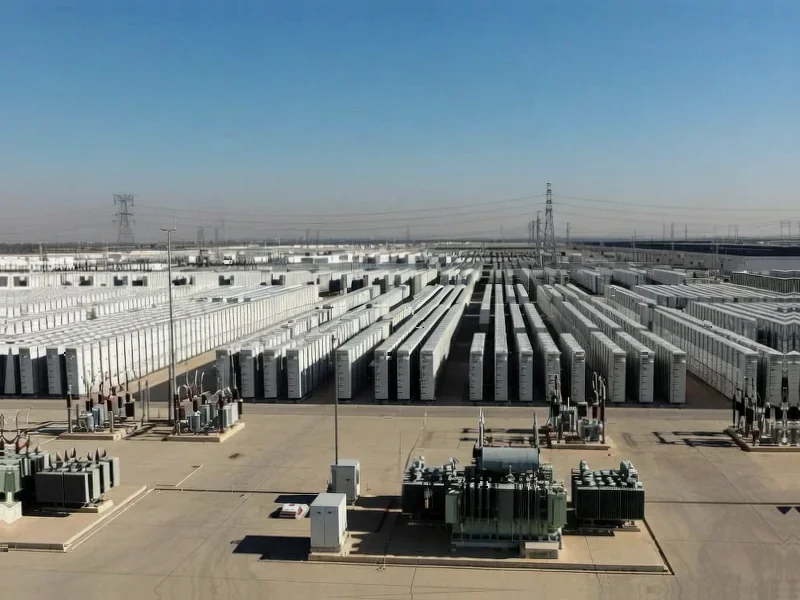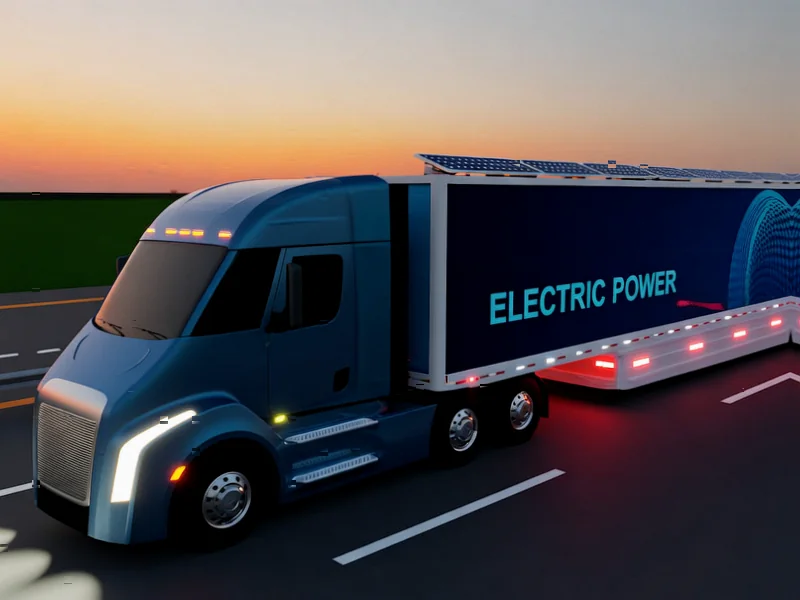According to Forbes, the rapid proliferation of AI services is creating unsustainable strain on power grids and water resources across the United States. Hundreds of hyperscale data centers built in the last two years are consuming massive amounts of electricity, with an Amazon-owned complex in New Carlisle, Indiana already requiring at least 500 megawatts—enough to power hundreds of thousands of homes—and projected to eventually use as much power as two Atlantas. Household electricity rates have spiked nearly 10% this year, largely due to data centers, prompting communities in Arizona, Virginia, and Ohio to push back against new construction. A Sunrun survey of 1,000 people found 80% are worried about data centers driving up residential power prices, while policy reversals on renewable energy incentives threaten to compound the problem. This collision between digital ambition and physical reality demands serious examination.
The Infrastructure Reckoning
The AI industry is experiencing what I call the “infrastructure paradox”—the digital world’s growth is fundamentally constrained by the physical world’s limitations. We’re seeing this play out in real time as communities like Tucson reject data center projects and Ohio townships pause construction. What began as welcome economic development in rural areas has transformed into a burden on local infrastructure. The fundamental miscalculation was assuming that power grids designed for gradual residential and commercial growth could handle the sudden, massive demands of AI computation. Each ChatGPT query or AI-generated video from tools like OpenAI’s Sora represents not just digital processing but tangible physical resource consumption that communities are increasingly unwilling to subsidize.
The Stakeholder Divide
This crisis reveals a stark divide between technology beneficiaries and infrastructure bearers. While tech companies reap the rewards of AI services, local residents face the consequences through higher electricity bills and strained public resources. The New Jersey survey showing majority support for higher data center energy rates and Wisconsin voters questioning data center benefits indicate a growing awareness of this imbalance. What’s particularly concerning is how this dynamic disproportionately affects lower-income communities, where even modest electricity rate increases can represent significant financial strain. The Sunrun survey findings about public concern reflect a broader anxiety about who ultimately pays for technological progress.
The Energy Transition Dilemma
The timing couldn’t be worse for renewable energy setbacks. Just as AI’s power demands explode, federal policy reversals threaten the very renewable projects that could provide cleaner, cheaper alternatives. The industry faces a critical window where data center growth is outpacing clean energy infrastructure development. While geothermal and next-generation nuclear offer promising long-term solutions, they’re years away from meaningful deployment. This creates a dangerous interim period where the easiest solution—increasing fossil fuel generation—could lock in carbon-intensive power sources for decades. The situation in Virginia, where data center conflicts are influencing local politics, shows how quickly these infrastructure decisions become community-defining issues.
The Consumer Behavior Factor
Forbes’s suggestion that consumers use AI services more judiciously touches on a crucial but often overlooked aspect: the environmental cost of digital convenience. Every AI-generated image, video, or complex query from services like Grokipedia carries an energy footprint that consumers rarely consider. We’re at an inflection point where digital consumption patterns need alignment with sustainability goals. The parallel with the automotive industry’s shift—where EVs are now sitting on lots as buyers reconsider—suggests that consumer awareness of environmental and economic tradeoffs is increasing across sectors.
The Path Forward
The solution requires a fundamental rethinking of AI infrastructure strategy. Tech companies must move beyond simply purchasing renewable energy credits and toward developing dedicated, localized clean power generation. We’re likely to see increased pressure for data centers to adopt true carbon-neutral operations rather than offset-based accounting. The industry also needs to prioritize computational efficiency as seriously as capability improvements—every reduction in energy per computation directly translates to reduced infrastructure strain. Ultimately, sustainable AI growth will depend on creating value-sharing models where local communities benefit directly from hosting these energy-intensive facilities, rather than bearing the costs while others reap the rewards.




